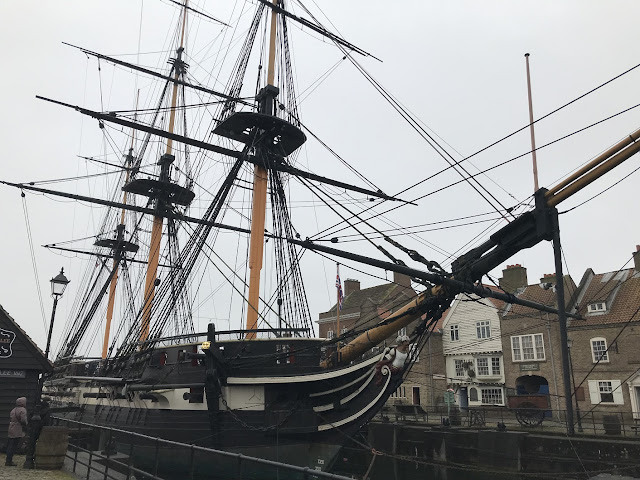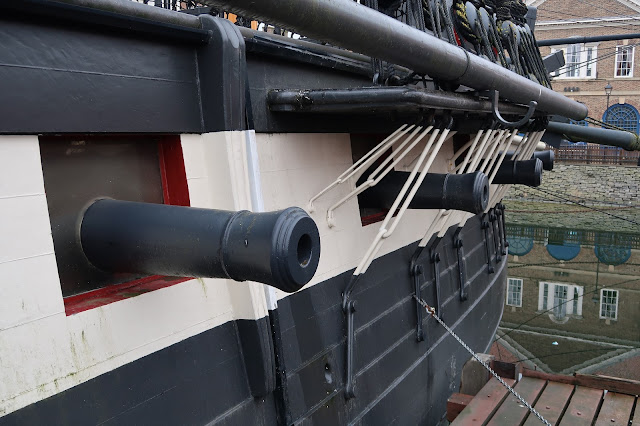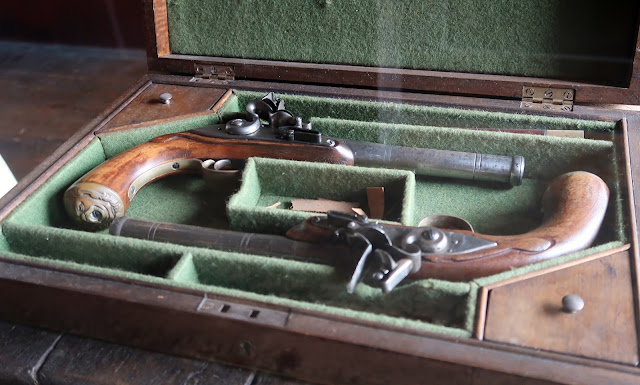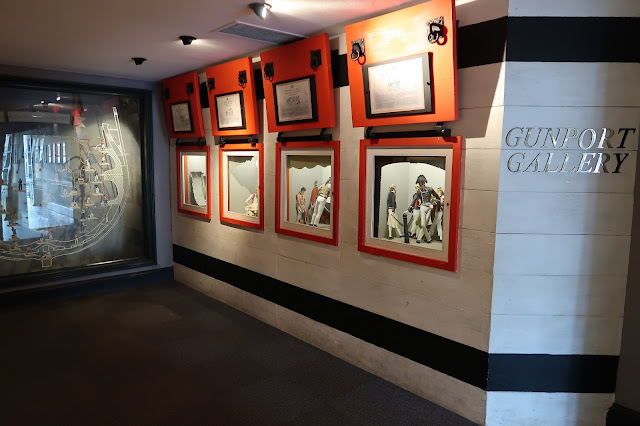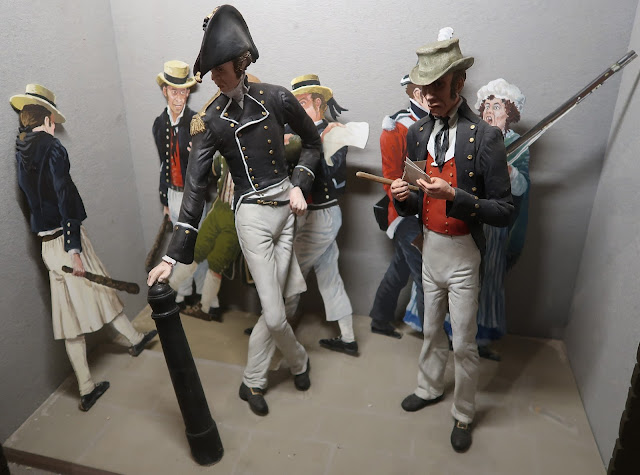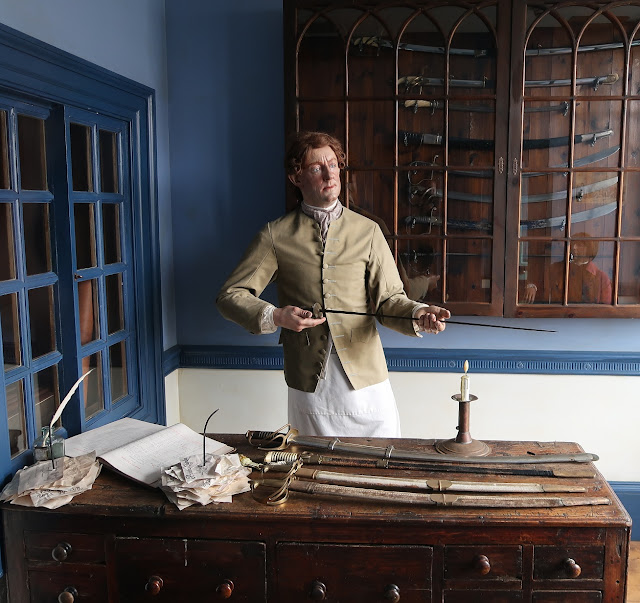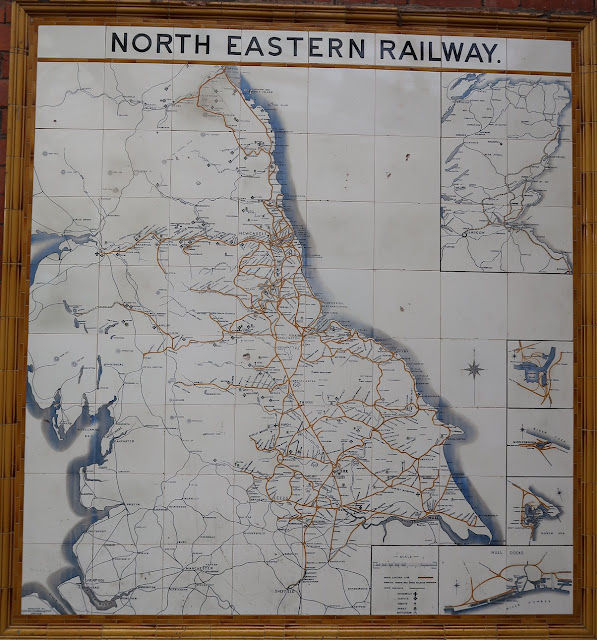After 25 years in this condition, Trincomalee was modernised and converted to a 26-gun corvette in 1845 and re-commissioned in 1847 under Captain Richard Laird Warden. During her first commission from 1847 to 1850, HMS Trincomalee was posted to the Royal Navy's North America and West Indies Station and served as a patrol vessel, seeing service in the Caribbean and the waters off Bermuda and Newfoundland. Duties included policing illegal slave ships, fisheries protection, hurricane relief, and carrying messages, cargo, and money to British ships and garrisons in the region. Upon Trincomalee's return to Devonport Dockyard in Plymouth, she returned to reserve status for the next two years.
HMS Trincomalee's second commission, between 1852 and 1857, was spent on the Pacific Station under the command of Captain Wallace Houstoun. During this deployment, Trincomalee sailed over 110,000 miles (177,028 kilometres), ranging between the Arctic Circle and the Antarctic, showing the flag, protecting trade routes, and mapping uncharted areas. Because there was no British naval base in the Pacific at this time, Trincomalee relied on depot ships and stops at local ports and islands to take on supplies. In June 1857, HMS Trincomalee departed Rio de Janeiro, Brazil for the transatlantic voyage to Chatham Dockyard in England, arriving on 4 September. The ship was again placed into reserve.
Today, HMS Trincomalee is the oldest British warship still afloat and is a part of the National Historic Fleet. Now moored in Jackson Dock in Hartlepool and surrounded by a recreated early 19th century dockyard, Trincomalee serves as the centrepiece of the National Museum of the Royal Navy's Hartlepool satellite location.
Specifications: HMS Trincomalee
Tonnage: 1,065.63 tons
Length: 54.9 metres (180 feet)
Beam: 12.1 metres (39 feet)
Top Speed: 13 knots (24 km/h)
Armament: 38 guns and 12 carronades (1817); 26 guns (1845)
Specifications: HMS Trincomalee
Tonnage: 1,065.63 tons
Length: 54.9 metres (180 feet)
Beam: 12.1 metres (39 feet)
Top Speed: 13 knots (24 km/h)
Armament: 38 guns and 12 carronades (1817); 26 guns (1845)
Complement: 178 officers and men, 29 Royal Marines
Photos taken 22 April 2024
 |
| The nearly empty interior of a Transpennine Express carriage en route to Thornaby, 22 April 2024. |
 |
| The masts of the 19th century frigate HMS Trincomalee tower over the buildings housing the National Museum of the Royal Navy's Hartlepool location on a damp, foggy morning. |
 |
| Approaching the gate to the National Museum of the Royal Navy Hartlepool. |
 |
| The entrance gate to the museum. The ticket office and gift shop is housed in one of the reproduction dockyard buildings. My ticket was purchased online and validated upon arrival. |
Below: The front and reverse sides of the site map and health & safety instructions given to visitors at the admissions desk.
 |
| A look at some of the reproduction buildings typical of an early 19th century British dockyard which now surround HMS Trincomalee in its dock. |
 |
| The dockyard buildings are designed to showcase the variety of businesses that supported the Georgian era Royal Navy, including map makers, chandlers, undertakers, taverns, and tailors. |
 |
| Left to right: a chandler's shop, the undertaker's, the pub, and the naval tailor and swordsmith. |
 |
| The dockyard buildings as seen from the deck of HMS Trincomalee. |
 |
| Another desk in the Captain's cabin, this one on the port side. A box for important papers and a desk set with ink well sit atop the desk. |
 |
| One of the companionways leading from the Gun Deck to the Mess Deck below. The Mess Deck was where HMS Trincomalee's 240 officers, sailors, and Royal Marines slept and ate. |
 |
| The anchor cable. On Napoleonic-era warships, the anchor cable was stored amidships and was hauled in by attaching it to a closed loop of cable which was winched around the capstan. |
 |
| A naval officer's cabin. The officers furnished their cabins with their own furniture and personal belongings. Cabins were used for sleeping, washing, and private study. |
 |
| The slop room, located on the aft platform of the Orlop Deck. It was from here that crewmen could purchase additional provisions from the Purser, who operated the slop room. |
Below: A panoramic view of HMS Trincomalee in Jackson Dock, Hartlepool.
 |
| The crew's heads (toilets) were located on either side of the bowsprit, beyond the gunwale, and emptied into the sea below. |
 |
| The Trincomalee Exhibition, a gallery devoted to the story of HMS Trincomalee, is located on the upper storey of the building on the right, accessed via the staircase or a nearby elevator. |
 |
| A final look at HMS Trincomalee from the entrance to the gallery telling the story of the ship's construction, two commissions, and subsequent service as a training ship and naval history attraction. |
 |
| The Trincomalee Exhibition, located on the upper floor of one of the replica dockyard buildings. |
 |
| The largest building in the dockyard is an exhibition space which, in April 2024, was housing 'Diving Deep: HMS Invincible'. |
 |
| A reproduction of a 19th century shop making and selling nautical instruments, as well as printing stationary used by the Royal Navy, such as account books and pattern cards. |
 |
| The printer toils at his desk, hand colouring a print he has produced in his shop. |
 |
| The printer's young assistant hangs freshly-painted prints to dry on a line strung across the shop. |
 |
| The upscale Georgian-style home of the Admiral commanding the dockyard. |
 |
| The Admiral, suffering gout in his foot, reclines in a wingback chair in his study as his servant cleans the sextants on the table. |
 |
| The Admiral's wife and children play in the front parlour. The young son is dressed as a naval officer and plays with a toy ship while his elder sister holds a sword. |
 |
| One of the Admiral's female relatives lies sick in bed, suffering from tuberculosis. |
 |
| A shaggy-haired sailor, perhaps just back from a long voyage, orders another tankard of ale from the innkeeper to accompany his meat pie. |
 |
| This handsome Georgian brick building houses a naval tailor's shop on the left and the swordsmith's shop on the right. |
 |
| The Quayside Coffee Shop is the museum's café. |
 |
| After a long day of touring the museum in the damp, cool, misty weather, a pot of tea and a chocolate brownie in the museum's café was a welcome opportunity to sit down and relax. |
 |
| Platform 2 of Hartlepool Railway Station, awaiting a Grand Central train with direct service to London King's Cross via York. |
 |
| The interior of the Grand Central train en route from Hartlepool to York. |
 |
| A look at the doors on the Grand Central train following disembarkation at York Railway Station. The buffet car is on the right with a standard carriage on the left. |



.jpg)
.jpg)



